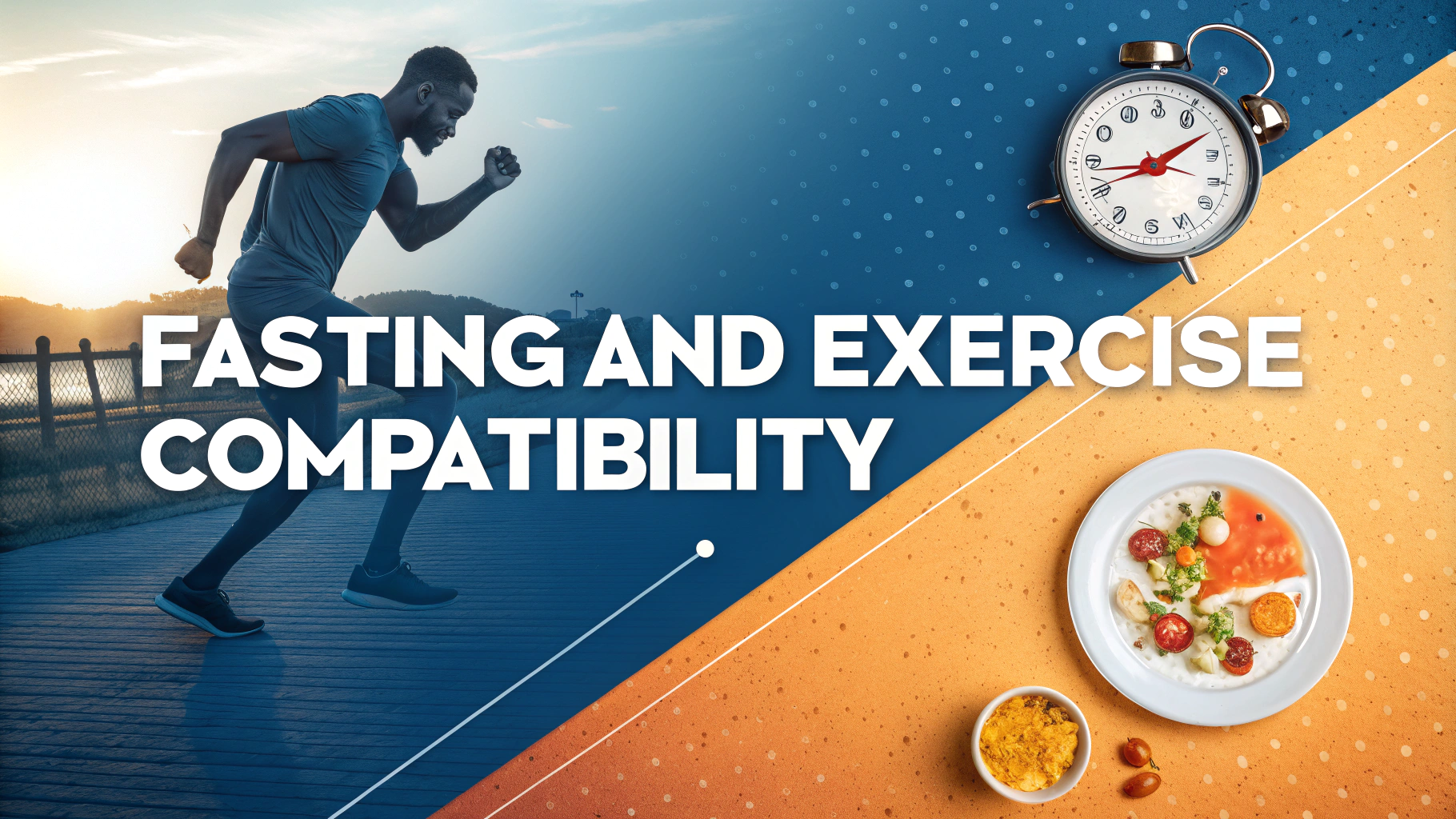Exercise during pregnancy offers numerous benefits for both mother and baby when done safely and with proper guidance.
Before starting any exercise routine during pregnancy, always get clearance from your healthcare provider.
Safe Exercises During Pregnancy
- Walking (30 minutes daily)
- Swimming
- Prenatal yoga
- Low-impact aerobics
- Modified strength training
Exercise Guidelines by Trimester
| Trimester | Recommendations |
|---|---|
| First | Continue regular exercise if you were active before pregnancy; start slowly if you’re new to exercise |
| Second | Modify exercises to accommodate growing belly; avoid lying flat on back |
| Third | Focus on low-impact activities; listen to your body and reduce intensity as needed |
Warning Signs to Stop Exercise
- Dizziness or lightheadedness
- Chest pain or shortness of breath
- Headache
- Muscle weakness
- Calf pain or swelling
- Vaginal bleeding
- Contractions
Exercise Safety Tips
Stay hydrated by drinking water before, during, and after exercise.
Wear supportive shoes and comfortable, breathable clothing.
Exercise in a temperature-controlled environment to avoid overheating.
Stop exercising if you feel exhausted or uncomfortable.
Activities to Avoid
- Contact sports
- High-fall risk activities (skiing, horseback riding)
- Hot yoga or hot Pilates
- Exercises requiring extensive balance
- Heavy weight lifting
Recommended Duration and Intensity
Aim for 150 minutes of moderate-intensity exercise per week, spread across multiple sessions.
Keep intensity at a level where you can still hold a conversation.
Getting Professional Help
Consider working with a certified prenatal fitness instructor who can customize exercises for your needs.
Many hospitals and fitness centers offer specialized prenatal exercise classes – check with your local facilities for schedules.
For more specific guidance, contact the American College of Obstetricians and Gynecologists at www.acog.org.
Post-Exercise Recovery
Allow adequate rest between exercise sessions.
Practice gentle stretching after workouts to prevent muscle tension.
Monitor your energy levels and adjust workout intensity accordingly.
Benefits of Regular Exercise During Pregnancy
- Reduces back pain and constipation
- Decreases risk of gestational diabetes
- Promotes healthy weight gain
- Improves sleep quality
- Boosts mood and energy levels
- May lead to shorter labor and faster recovery
Additional Considerations
Every pregnancy is different, and what works for one person may not work for another. Listen to your body and adjust your exercise routine accordingly.
Special Circumstances
- High-risk pregnancies may require modified or limited exercise
- Multiple pregnancies need additional monitoring
- Previous pregnancy complications may affect exercise choices
Exercise Equipment and Props
- Maternity support belt for additional comfort
- Exercise ball for stretching and positioning
- Light resistance bands for strength training
- Comfortable exercise mat
Mental Health Benefits
Regular exercise during pregnancy can help:
- Reduce anxiety and stress
- Improve self-image
- Increase confidence for labor and delivery
- Build a supportive community through group classes
Conclusion
Exercise during pregnancy is not just safe but beneficial when done appropriately. Start slowly, stay consistent, and always prioritize safety. Regular physical activity can contribute to a healthier pregnancy, easier labor, and faster postpartum recovery.
Remember to:
- Consult healthcare providers before starting any exercise program
- Monitor intensity levels and listen to your body
- Stay consistent with modified activities throughout pregnancy
- Focus on activities that bring joy and comfort
FAQs
- Is it safe to exercise during pregnancy?
Yes, for most women with uncomplicated pregnancies, exercise is not only safe but recommended. The American College of Obstetricians and Gynecologists (ACOG) suggests 150 minutes of moderate-intensity aerobic activity per week. - Which exercises are best during pregnancy?
Low-impact activities like walking, swimming, stationary cycling, prenatal yoga, and modified strength training are ideal. These exercises maintain fitness while minimizing risk of injury. - What exercises should I avoid while pregnant?
Avoid contact sports, activities with high fall risk, hot yoga, scuba diving, exercises lying flat on your back after the first trimester, and any exercise causing physical strain or discomfort. - How can I tell if I’m exercising too intensely?
Use the talk test – you should be able to hold a conversation while exercising. Stop if you experience dizziness, shortness of breath, chest pain, headache, muscle weakness, or vaginal bleeding. - Do I need to modify my exercise routine as my pregnancy progresses?
Yes, as your center of gravity changes and joints become looser due to hormones, you’ll need to modify exercises. Reduce intensity and avoid movements that challenge balance in later trimesters. - When should I stop exercising during pregnancy?
Stop exercising and contact your healthcare provider if you experience vaginal bleeding, contractions, decreased fetal movement, fluid leaking, or severe pain. - Can exercise help with common pregnancy discomforts?
Yes, regular exercise can help reduce backache, constipation, bloating, swelling, and may help prevent or treat gestational diabetes. It also improves mood and sleep quality. - Should I adjust my heart rate during pregnancy workouts?
Rather than focusing on heart rate, use the Rate of Perceived Exertion (RPE) scale and the talk test. Exercise at a moderate intensity where you can still hold a conversation. - Is it safe to start exercising if I wasn’t active before pregnancy?
Yes, but start gradually. Begin with 5-10 minutes of physical activity and slowly increase duration. Consult your healthcare provider before starting any exercise program. - How soon after eating can I exercise during pregnancy?
Wait at least one hour after eating before exercising to prevent nausea and discomfort. Stay well-hydrated and eat a small snack if needed during longer workouts.







